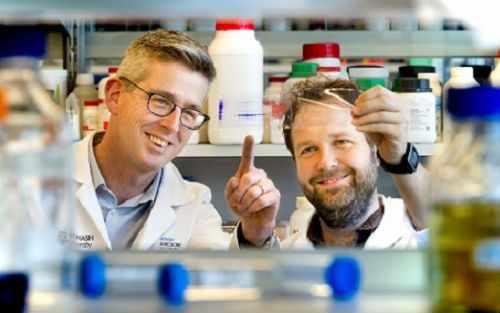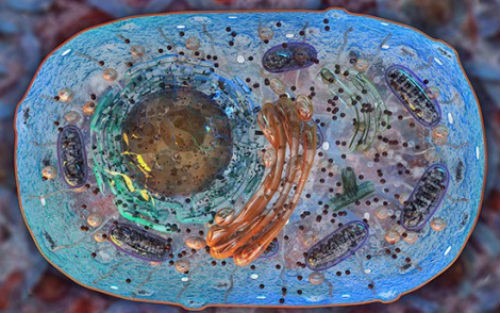As the field of life sciences is currently one of the hottest technology, gene editing technology has multiple CRISPR research demonstrated its "magic cut" strength. It is expected to promote the development of the revolutionary overturn the treatment of human disease. Recently, CRISPR technology but also in the study of mitochondrial disease a neutral power.

September 14, a study published in the Nature, scientists from Australia's Monash University and other institutions of identified two new genes associated with mitochondrial disease. The result is better diagnose genetic diseases opened the way, and is expected to help identify potential therapeutic targets.
Mitochondria are the energy-producing organelles. Make energy supply in patients with disorders of mitochondrial disease, damage to the muscles and major organs such as the brain and heart. The study's co-corresponding author Professor Michael T. Ryan said that the team not only identified two important genes, mitochondria also revealed the drive "engine (engine)" The importance of the 31 protein components (protein components) is.
Lock research objectives
Professor Ryan said: "A lot of different genes determine mitochondrial function which is why many patients not yet diagnosed the reason.." In order to uncover the genetic secrets behind mitochondrial diseases, researchers mitochondria drive "engine" one - complex I was studied.
Complex I is a mitochondrial respiratory chain complexes, in particular NADH dehydrogenase (NADH dehydrogenase), also known as NADH: coenzyme Q oxidoreductase (NADH: ubiquinone oxidoreductase). The role of mitochondrial respiratory chain complexes through a series of redox processes eventually form ATP, providing energy. It is reported that the complex Ⅰ dysfunction associated with mitochondrial disease, Parkinson's disease and age-related.
Professor Ryan said: "Compared with the bacteria, the composition of human complex I more additional 31 subunits (subunit), but both the overall functionality is the same as those affiliated subunits (accessory subunits) and the role. necessity has been a mystery to be solved.
 \
\
Pretext of CRISPR / Cas9 technology
The use of CRISPR / Cas9, the researchers produced a genetic edit cell for each subunit of the subsidiary. Each gene was a unique type of cell after the transformation and the lack of a human complex I related.
It was found that humans have additional protein component of complex I could make more stable than bacteria. Specifically, there are 25 subunit complex mixture needed for the assembly, a subunit is essential for cell viability. In addition, the loss of each subunit will affect the stability of the structure with a module other subunits.
Professor Ryan said: "This stability may be necessary because we are much more than the bacterial cells to live longer." The researchers also found two new genes (ATP5SL and DMAC1) and the construction of complex I related. According to Dr. David A. Stroud led the study introduced them by means of CRISPR / Cas9 technology discovered two new genes mutated will destroy any complex I and mitochondrial function. He said: "Now, these two genes can be added to the range of genetic screening to help more patients achieve an earlier diagnosis."
Australian Mitochondrial Disease Foundation CEO Sean Murray said that this is an important advance in the field of mitochondrial diseases, is expected to help improve disease diagnosis and treatment.
References:
MedicalXpress:Unravelling the genetic mystery behind mitochondrial disease
Nature:Accessory subunits are integral for assembly and function of human mitochondrial complex I
Souce: NovoPro 2016-09-20
